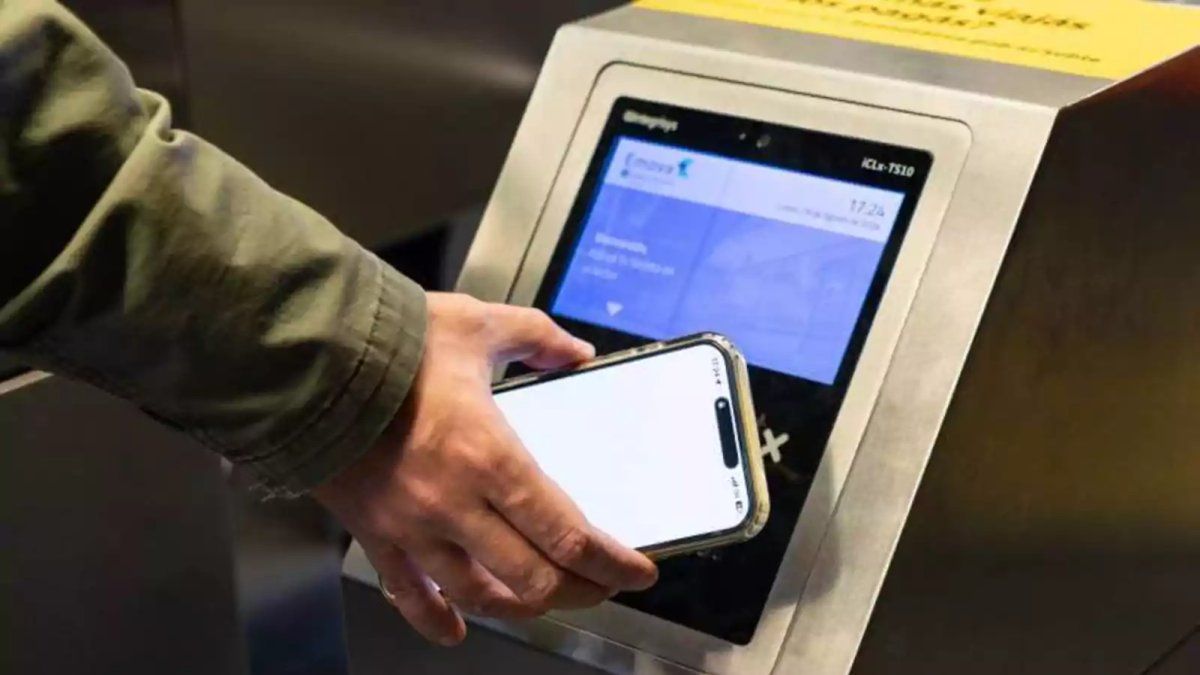He electronic payment for public transport It is becoming the norm in countries around the world. More than 150 cities already offer this option to residents and visitors through payment terminals installed on platforms, turnstiles and inside buses. As cities seek to modernize their transportation systems and improve the movement of people, the digitization becomes a key element of this change process.
It is essential to follow this payment trend in public transport in Argentina for a key and simple reason: to facilitate the user experience. By integrating solutions such as credit, debit and prepaid cards, and digital payments through NFC technologywe can build more efficient, inclusive transportation adapted to the needs of citizens.
We know that Argentina is going in that direction. An example is Córdoba, which since 2020 has successfully implemented payment for public transport using Mastercard debit cards with contactless technology. Measures like this mean progress in modernization of the transportation system and user experienceproviding them with greater comfort and efficiency on each trip. We have also replicated this experience in Paraná, where a pilot test of the Mastercard Debit card was carried out, in collaboration with Banco Nación and the Ministry of Transportation.
As for Buenos Aires, the first steps are already being taken to implement this initiative, which will mark a significant step towards the modernization of the system. This measure is important because it not only streamlines access to transportation, but also improves security by reducing cash handling.
For example, by using a contactless card, passengers can simply pay the ticket upon entering the station, thus avoiding long queues to recharge cards and speeding up the flow of people. This transition towards open digital payment methods encourages greater transparency and efficiency in transport management, benefiting all passengers and contributing to a more accessible mobility experience in the city.
All these advances occur in a context in which new payment technologies are booming. If we talk about contactless cards, currently in Latin America more than 90% of terminals are enabled to receive this type of payments, and recent surveys show a growing adoption of this technology at the local level in the last year.
In this context, these technologies act as an engine of development, driving the Argentine economy towards a more digital future, transforming transportation into a system focused on the needs of the citizen and contributing to the formalization of the economy through the digitalization of transactions. and the activity log.
Benefits of opening the system
Advances in public transportation are one of the most inclusive social progress: we have verified that the evolution of payment systems in different sectors in Latin America is directly related to the penetration of the financial inclusion process in each of these countries.
These types of initiatives also pave the way towards a future of interoperability in public transport. This means that the different modes of payment and transportation can work together efficiently, generating a system where everyone, regardless of the city we are in, can access a simple, secure and effective payment system, which allows us save time.
In LondonFor example, the city in which the opening of payments was implemented in 2012, this measure has contributed to reducing operating costs and improving the quality of the traveler’s experience.
According to surveys and satisfaction studies carried out by Transport for London (TfL), Among the main benefits of digital payments, users indicated the ease or convenience of the system (45%), and considerable time savings, by not having to load the card (22%).[1].
We know that the transition to an open and interoperable payment system in public transport will not be immediate. It requires a joint effort between the private sector and different government actors who are willing to promote public policies that facilitate this transformation. It is within this commitment where we can find success.
We must cooperate not only to modernize the transportation system, but also break down the barriers that prevent equal access to basic services. By facilitating access to electronic payment methods, we build a path towards financial inclusion, especially for those sectors that have traditionally been excluded from the formal financial system. We undoubtedly have a great challenge and the payment industry must accompany this process.
Mastercard Cluster Leader for Argentina, Uruguay and Paraguay.
Source: Ambito
I’m a recent graduate of the University of Missouri with a degree in journalism. I started working as a news reporter for 24 Hours World about two years ago, and I’ve been writing articles ever since. My main focus is automotive news, but I’ve also written about politics, lifestyle, and entertainment.




